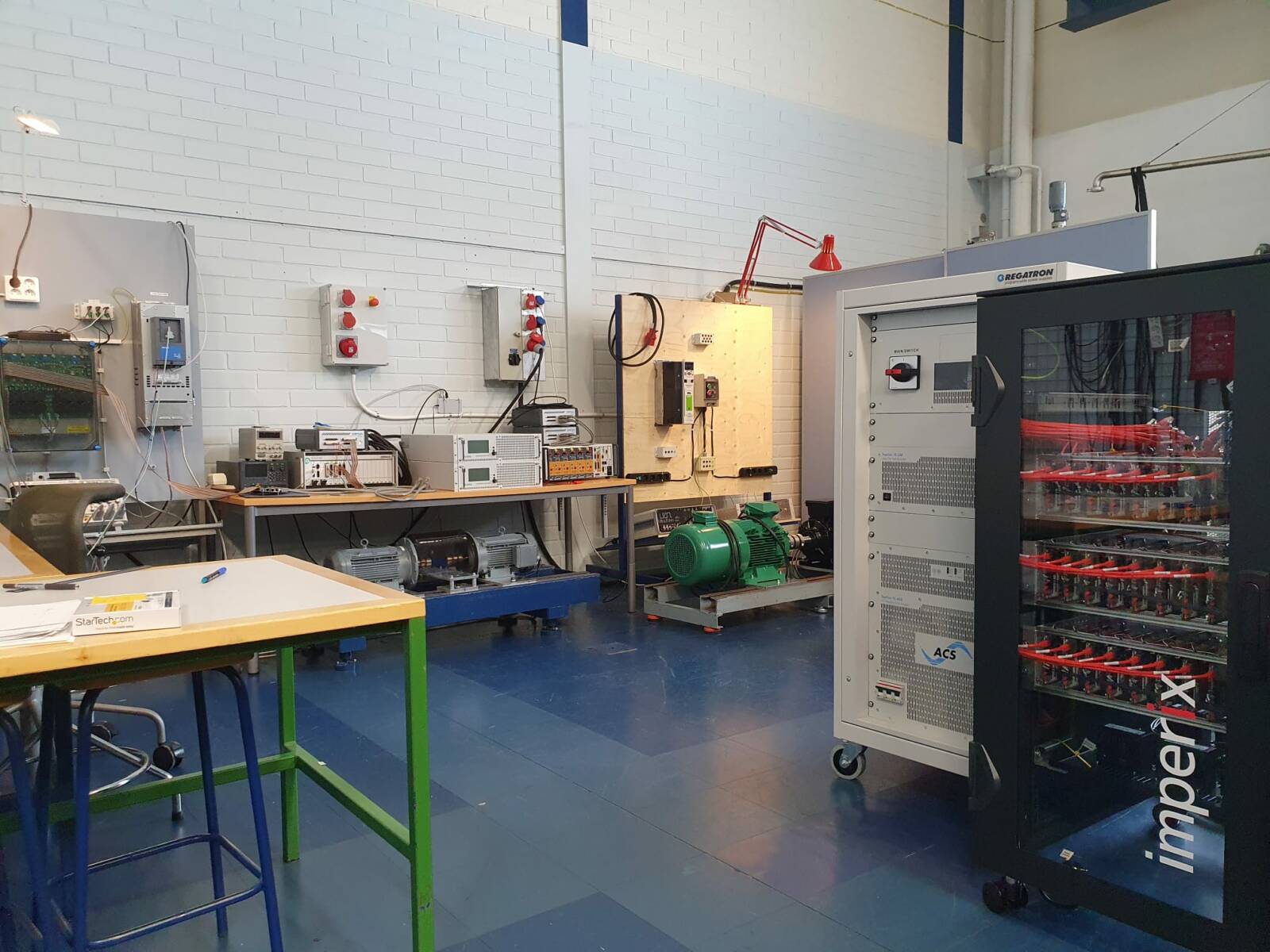The research activities of the “Power Electronic Systems” group (lead by Associate Prof. Petros Karamanakos and Associate Prof. Tomi Roinila) is based on a solid understanding of power electronic converters as well as their modelling and applications. The group works in close collaboration with several national and international industrial partners and maintains an active presence in the international scientific community. The research of the group is supported by the exemplary research facilities and the well-equipped, state-of-the-art laboratory.
The research vision of the group is to produce knowledge that will contribute towards cheaper, more widespread and sustainable power electronics used in power generation, power transmission/distribution and end-user applications. To this end, the main research focus has been on the modelling of power electronic systems and the development of control and modulation schemes that fully utilize the capability of the power electronic hardware by operating the system close to its physical limits. The main applications of interest relate to industrial drives, integration of renewable energy resources, and smart grids. Specifically, the main research areas are:
- Dynamic modelling of power electronic systems ranging from low to high power
- Grid-connected converters
- Electrical motor drives
- Advanced control algorithms for power electronic systems
- Model predictive control
- Feedforward techniques
- Active damping
- Optimal modulation methods
- Renewable energy applications (e.g., wind turbine systems, photovoltaic systems)
- System identification methods
To facilitate the research at TAU, the power electronics laboratory is equipped with up-to-date experimental research facilities. These include, but are not limited to, ac grid emulator, PV emulator, real-time system simulators (hardware-in-the-loop (HIL) testing), powerful control platforms (FPGA-based), customizable (multilevel) converters and filters, low-voltage (LV) variable speed drive systems (both induction and synchronous machine-based).



